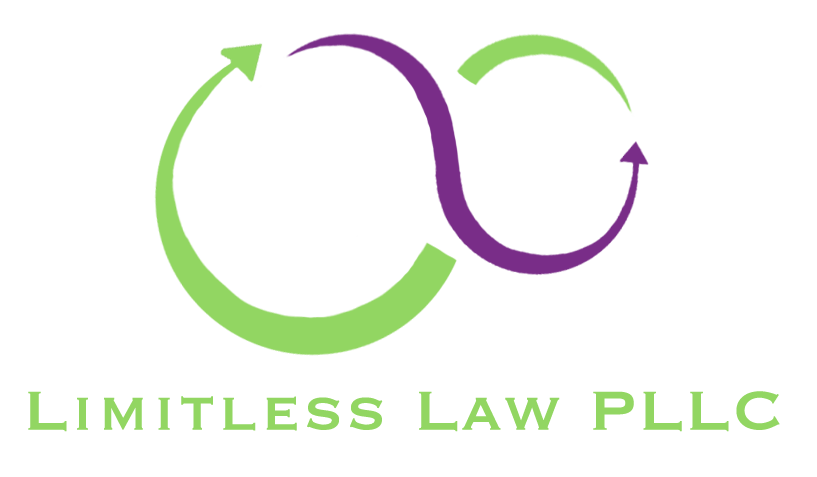Client Login
×Sign up to receive our Top Estate Planning Tips!
Sign Up to Receive Our Top Estate Planning Tips!
We will get back to you as soon as possible.
Please try again later.
TESTIMONIALS
– Elizabeth, a business client
–Charles Kirk
– Katherine, an estate planning client
Student Loans are a Hard Ship to Sink
In modern times the greatest source of debt for most individuals is their student loans. Student loans can quickly reach hundreds of thousands of dollars and too many are overwhelming. While for most types of debt bankruptcy offers an opportunity to get out from under the burden of debt, however Student Loan Forgiveness through bankruptcy is extremely difficult to obtain but it is possible to discharge some or all of your student loan debt through the bankruptcy process. If you are facing a wall of student loan debt and are considering bankruptcy as an option, you may want to start with investigating your student loan income based repayment options or hardship forbearance. The law does not require actual participation in an IBR program, but it does mandate some investigation and explanation for why a student loan debtor chooses to not participate before you could be granted a bankruptcy discharge for undue hardship.
You may have your federal student loan discharged in bankruptcy only if you file a separate action, known as an “adversary proceeding,” requesting the bankruptcy court find that repayment would impose undue hardship on you and your dependents. You must declare Chapter 7 or Chapter 13 bankruptcy and demonstrate that repayment would impose undue hardship on you and your dependents.
The Bankruptcy Courts considers the following factors in deciding whether or not to discharge student loans for undue hardship: 1) The debtor cannot maintain, based on current income and expenses, a “minimal” standard of living for herself and her dependents if forced to repay the loans; 2) Additional circumstances exist indicating that this state of affairs is likely to persist for a significant portion of the repayment period of the student loans; and 3) The debtor has made good faith efforts to repay the loans.
When proving your level of income for undue hardship you do not have to prove you are unable to pay something to your student loans, as long as your net income is insufficient to pay the loans in full. This means you could be making payments on your loan in an income based repayment plan and still see your loans partially or wholly discharged. It is important for you to apply for income contingent repayment program as the court has in the past taken a lack of this as failure to make “good faith” effort to repay her student loan. You should also be aware that your loan company will attack every expense you have as being non-necessary including religious donations, cable bills and especially vacations or other recreational expenses.
Attempting a hardship discharge is a lot like facing an IRS audit, except you will need to be able to track and prove your income and expenses not just for the last six months, but that it won’t improve for the next ten years. The court looks at numerous factors to evaluate whether your circumstances are really so dire that you will face undue hardship to pay back your student debt and if they will likely continue. Past successful cases have included individuals with serious mental or physical disability, lack of usable or marketable job skills, age or other factors that prevent retraining or relocation as a means for better employment, obligations to care for disabled dependents, and other permanent uncontrolled life complications that prevents employment or advancement.
If you have questions or concerns about Bankruptcy and co-debtors, call Limitless Law PLLC at (360) 685-0145 or use the “Ask an Attorney” link on our website to contact us today!
The post Student Loans are a Hard Ship to Sink appeared first on Limitless Law PLLC.
TESTIMONIALS
–Charles Kirk
– Elizabeth, a business client
– Katherine, an estate planning client
Sign up to receive our Top Estate Planning Tips!
Sign Up to Receive Our Top Estate Planning Tips!
Thanks for joining our mailing list. Click the button below to download our Top Estate Planning Tips PDF.
Please try again later.
© 2023 Limitless Law PLLC. All Rights Reserved. Privacy Policy Terms & Conditions






